The United Kingdom's current winter is the coldest one since December 1981, with sustained temperatures between 0 ° and -15 ° Celsius (5 ° to 32 ° Fahrenheit). These low temperatures pushed gas demand up to 463 million cubic meters (MCM) on 8 January 2010. This level was higher than the previous record of 449 MCM reached in 2003, and more than 100 MCM above normal seasonal demand.
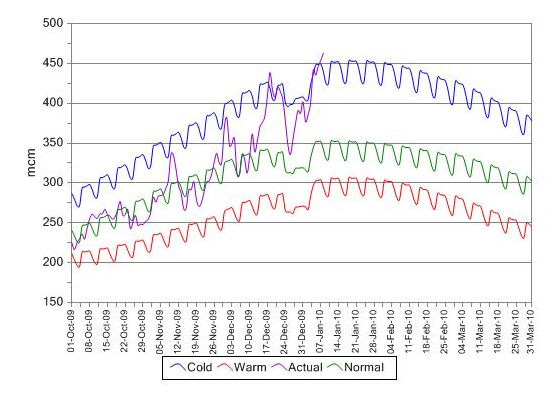
Figure 1 – Natural Gas Demand in the United Kingdom
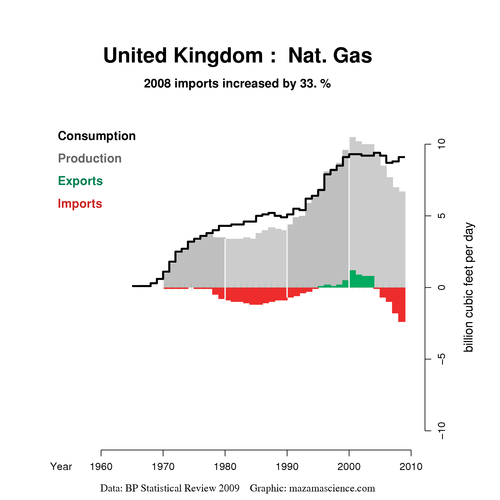
Figure 2 – Figure showing how UK natural gas production has been falling.
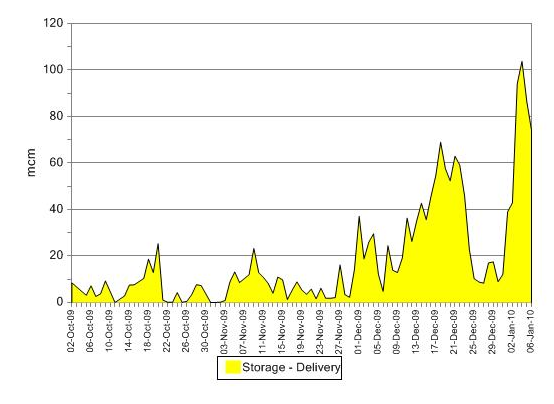
Figure 3 – UK Natural Gas storage withdrawals.
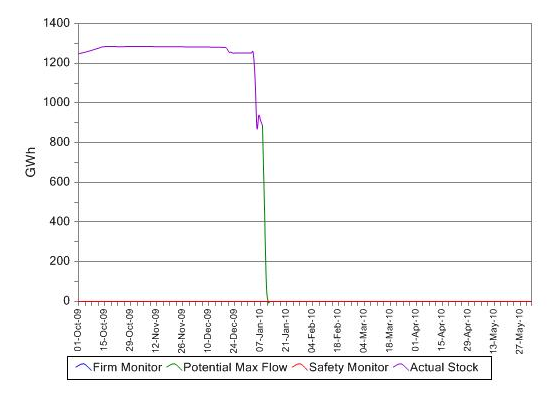
Figure 4 – UK Natural Gas short term storage actual stock.
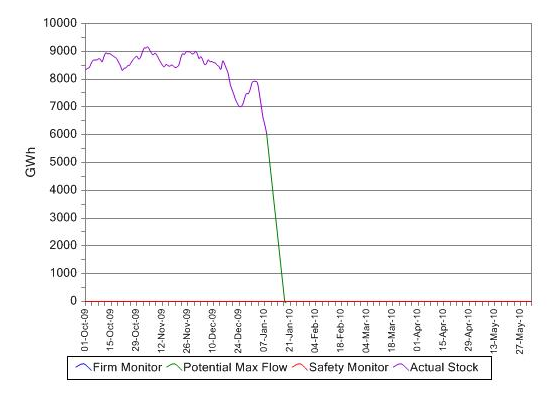
Figure 5 - UK Medium Range Storage actual stock.
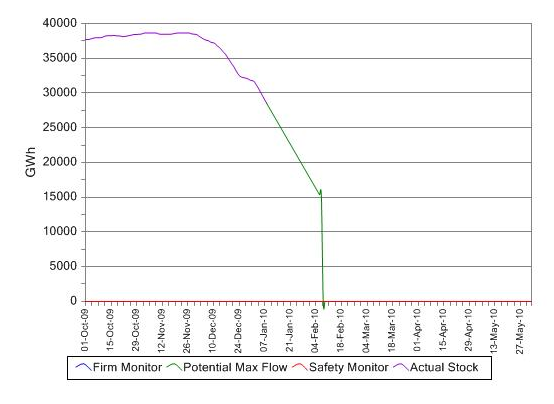
Figure 6 - UK Long Range Storage actual stock
Although the weather is expected by the UK MET office to ease a bit next week to just above zero degrees Celsius (32° F), National Grid expects that the warmer temperatures will only lead to a slight drop in gas demand, to about 450 BCM. Because the drop is expected to be so small, the temperature increase is not expected to relieve much demand pressure in the short run.
Figure 1 – Natural Gas Demand in the United Kingdom with 1) Purple representing actual demand from 1 October 2009 to 8 January 2010, 2) Red, Green and Blue representing Warm, Normal and Cold seasonal demand expectations. Source: National Grid.
Gas supply
Natural gas production in the UK reached it highest level, or peak, in 2000, and has declined from 108.4 to 69.6 billion cubic meters (10.5 to 6.7 billion cubic feet per day) in 2008. (See Figure 2 below.) Due to the decline in natural gas production, the country has become reliant on imports for more than half of its consumption during high demand periods. Because production is now lower, storage capacity is utilized to balance supply and demand when imports fail to provide sufficient supplies. So far this winter, more than 50 million cubic meters have been drawn out of storage to meet demand. The UK Conservative Party is concerned that as the cold weather continues, gas storage will be depleted, resulting in shortages.
Figure 2 – Figure showing how United Kingdom natural gas production has been falling since 2000. As a result, the United Kingdom has changed from an exporter (amounts shown in green) to an importer (amounts shown in red). Source: Mazamascience, based on BP Statistical Review 2009 data.
Figure 3 – UK Natural Gas storage withdrawals from 2 October 2009 to 6 January 2010. Source: National Grid.
The largest portion of gas imports come from Norway, through the Langeled and Vesterled pipelines, which have capacities of 25.5 and 12 billion cubic meters per annum respectively. One of the problems that caused some panic last week and led to one of the gas balancing alerts was a temporary interruption of gas flows through both pipelines. This happened when gas production at Troll, Kvitbjoern and Visund fields was halted due to technical difficulties, causing a drop in deliveries through Langeled and Vesterled from an aggregate 103 to 35 million cubic meters. This outage was fortunately quickly corrected over a day’s time.
Besides these temporary issues, there is a longer-term issue, because of high natural gas demand in relationship to supply, as illustrated in Figure 2. Because of this high demand, storage is being depleted rapidly, shown in the graphs below by National Grid. This long-term issue does not appear to be recognized by British political leaders, and in fact, the information they are providing seems to offer the opposite message:
UK Energy Minister Lord Hunt: “It is working flat out at the moment. National Grid has confirmed there is plenty of gas in the system. People in their own homes should be in no fear at all. There is no risk to their gas supply.”
Figure 4 – UK Natural Gas short term storage actual stock from 1 October 2009 to 8 January 2010 in purple. Source: National Grid.
Figure 5 - UK Medium Range Storage actual stock from 1 October 2009 to 8 January 2010 in purple. Source: National Grid.
Figure 6 - UK Long Range Storage actual stock from 1 October 2009 to 8 January 2010 in purple. Source: National Grid.
Current consequences
Because of the National Grid's current inability to provide adequate natural gas through a combination of pipeline supplies and storage, nearly 100 factories had to stop using gas as a precautionary measure. These factories have interruptible supply contracts--that is, contracts which charge a lower price for gas, in return for agreeing to be interrupted at times of high gas demand when National Grid requires it. By Friday the number of companies who were told to stop using gas were reduced from 95 to 27.
Over the long term, the UK's ability to supply its own natural gas can be expected to continue to decline, and storage can be expected to remain fairly limited. The UK can be expected to need to import more and more gas, either through pipelines or as LNG. Because of these issues, the situation needs to be monitored closely.

 Homepage:
Homepage:

Comments
Display the following 2 comments